Richard 3 (Bell Shakespeare) ★★★★★
The stage is open – a glossy art deco drawing room with plush velvet chairs and a chaise longue, cocktail glasses, and champagne, ready for a party. An engaging young man, dressed formally in a three-piece suit steps onstage and begins the famous speech: ‘Now is the winter of our discontent made glorious summer by this son of York ...’
Of course, the young man is played by a woman, but that is forgotten in an instant as Kate Mulvany looks us in the eye and invites us to conspire with Shakespeare’s manipulative villain. At the end of Richard’s declaration of intent, the other players come on stage dressed for a formal party, some of them shaking frenetically; they sit or stand still in tableaux until their time comes to act. For the rest of the play they will be trapped on the stage, stepping forward to speak as one or other participant, re-arranging the coffee tables for Henry VI’s coffin, shifting the chaise longue so that Clarence can be murdered there, making marginal adjustments to their costumes to indicate the shift from courtier to murderer or lord mayor.
Continue reading for only $10 per month. Subscribe and gain full access to Australian Book Review. Already a subscriber? Sign in. If you need assistance, feel free to contact us.



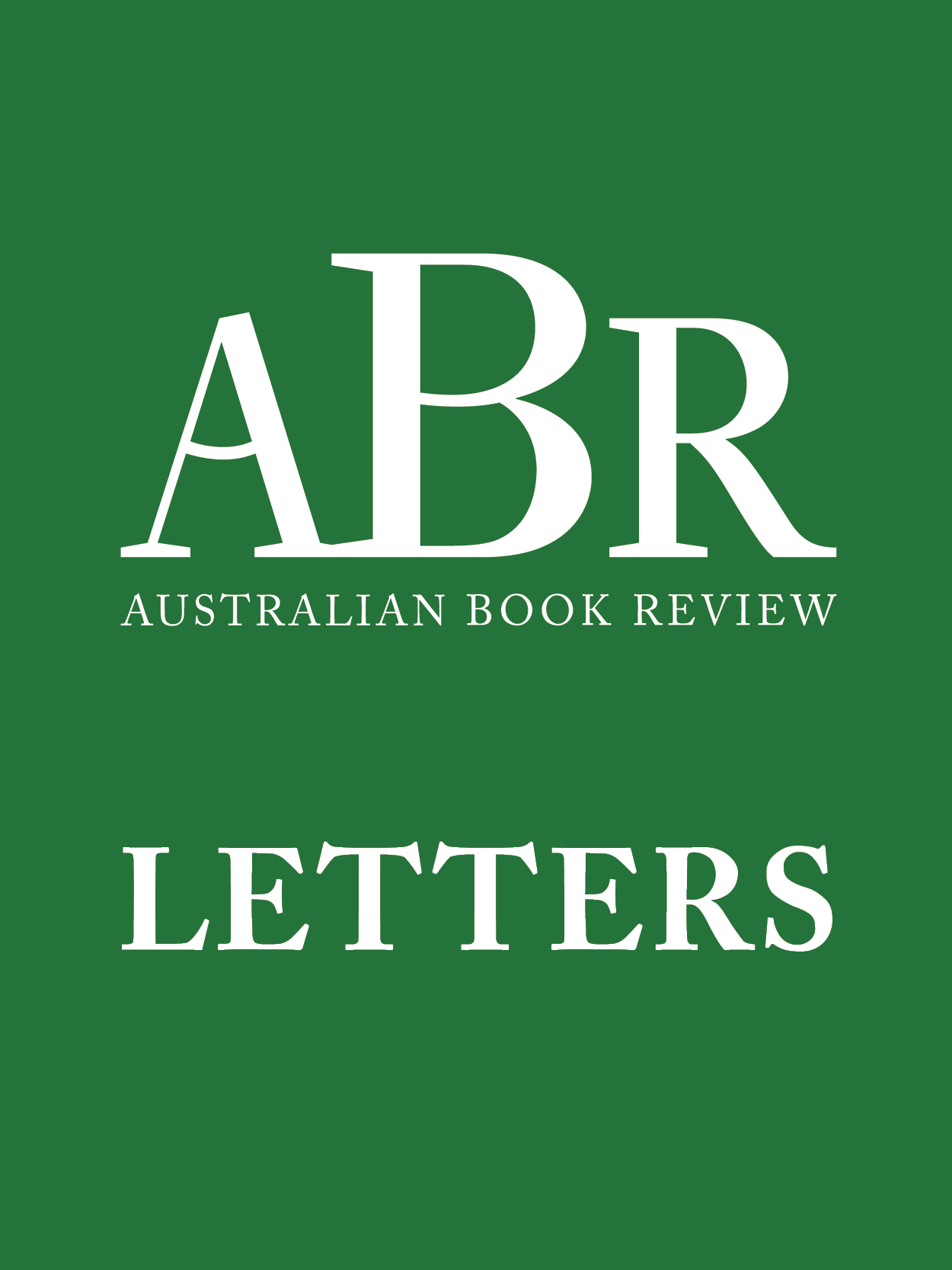
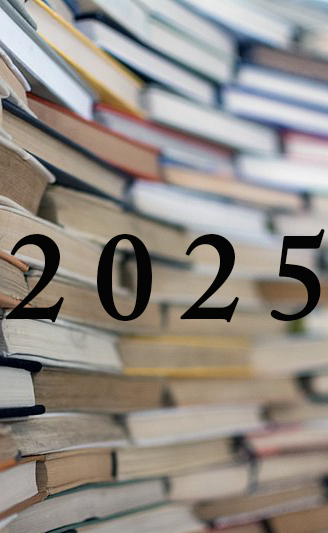
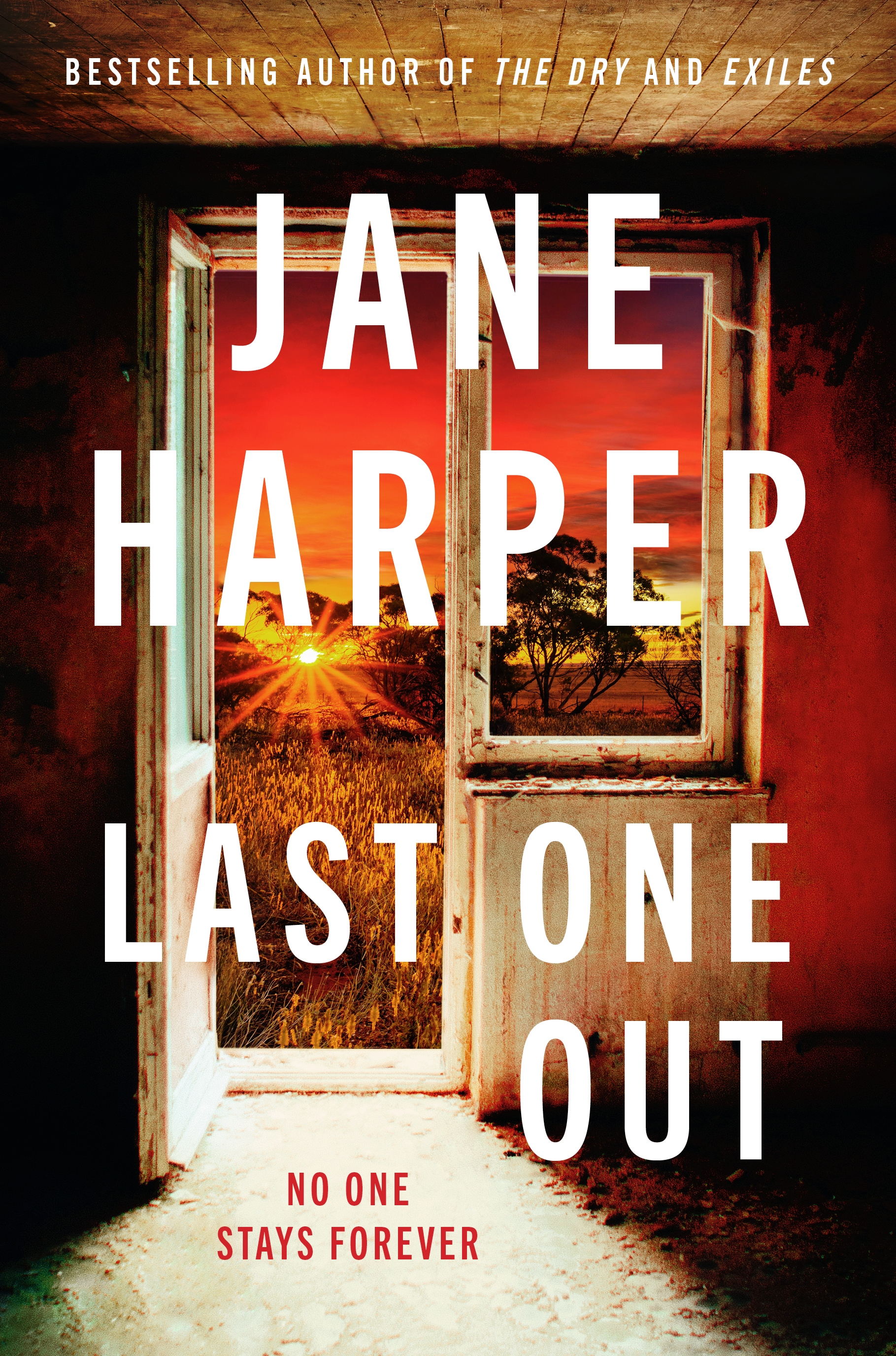

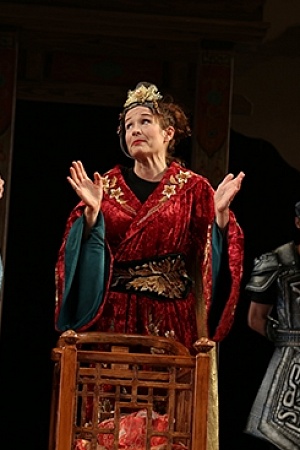
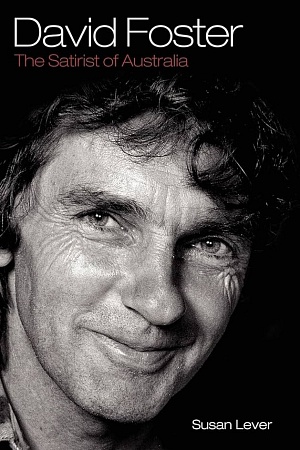
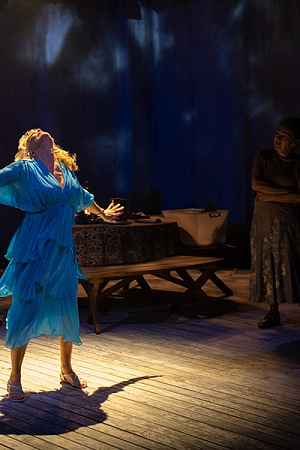
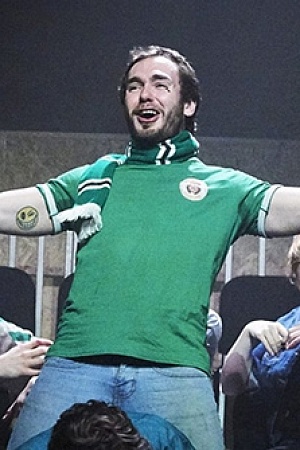
Leave a comment
If you are an ABR subscriber, you will need to sign in to post a comment.
If you have forgotten your sign in details, or if you receive an error message when trying to submit your comment, please email your comment (and the name of the article to which it relates) to ABR Comments. We will review your comment and, subject to approval, we will post it under your name.
Please note that all comments must be approved by ABR and comply with our Terms & Conditions.